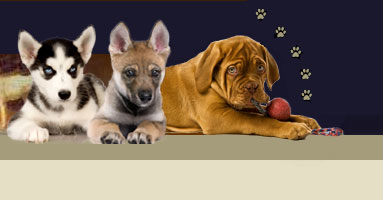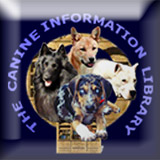Dog Breeds Named after A Person
(Dog breeds named after their Original Breeder,
or after Patriots, Painters, Saints,
Kennels, Estates, Peoples, as well as
Dog breeds that owe their name to their Founder Dog)
Researched and written by Catherine Marien-de Luca for
The Canine Information Library © All rights reserved.







